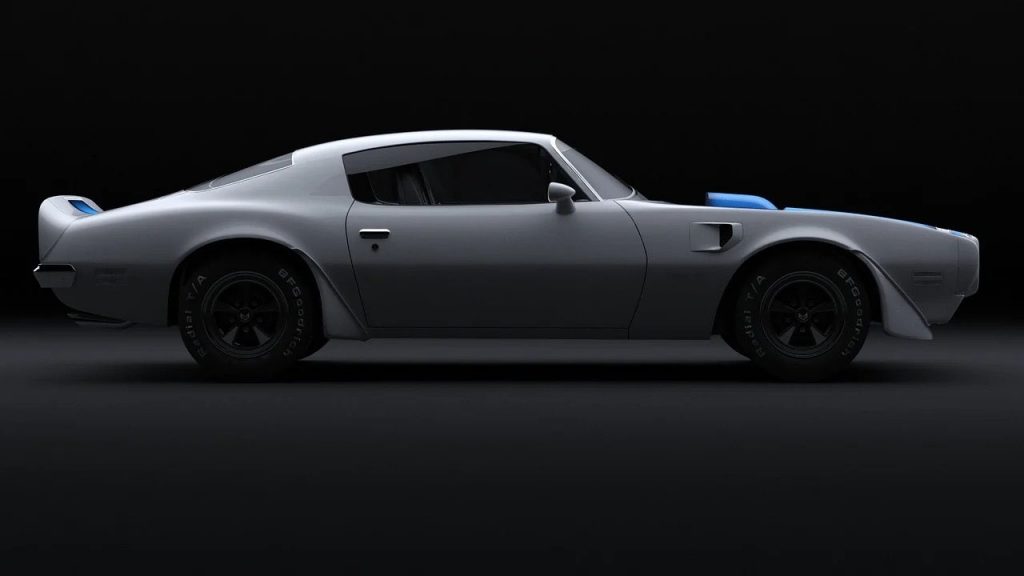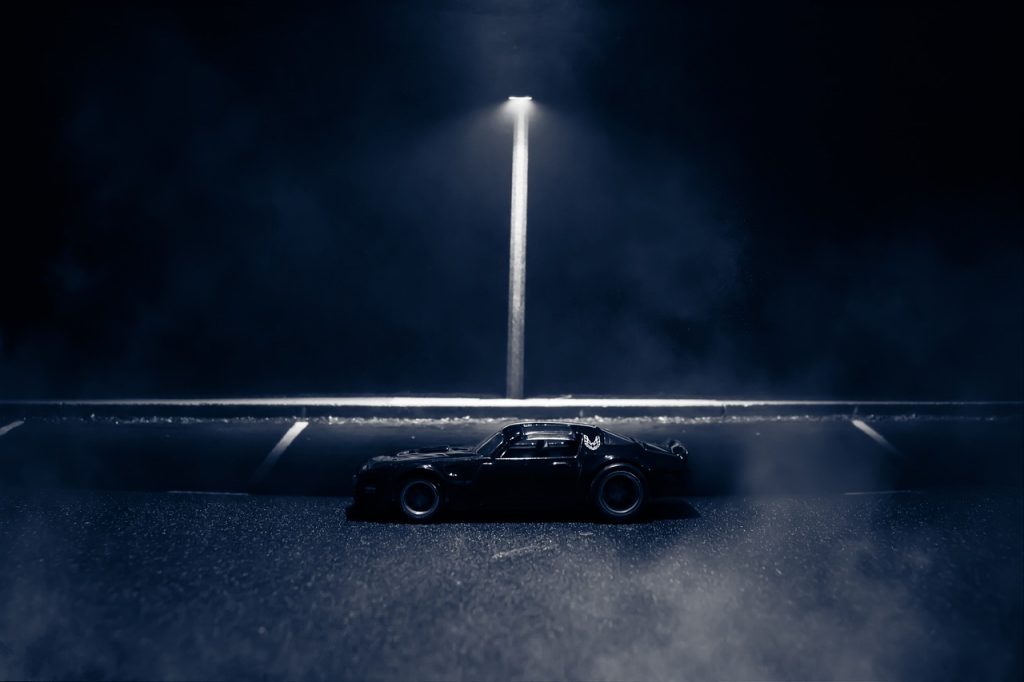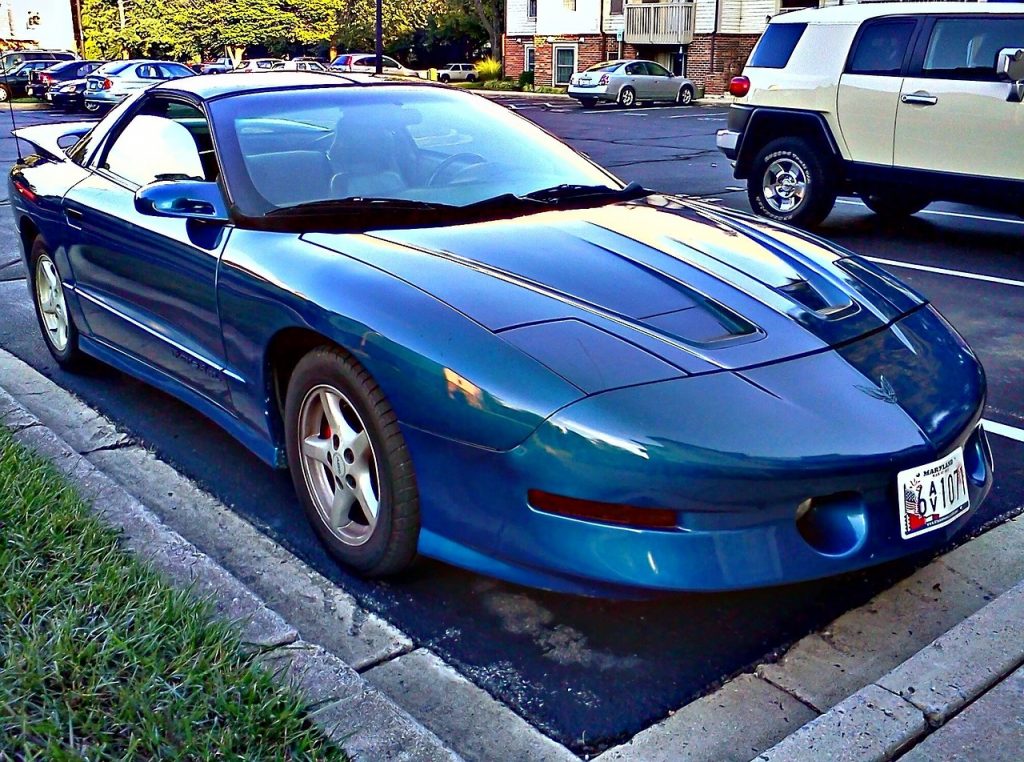What Happened To The Pontiac Firebird?
Find out why the Pontiac Firebird disappeared and if it will ever again get to see the light of day.
This article is more than 2 years old

The Pontiac Firebird is a piece of Americana. A pony car that was built to rival the Ford Mustang and the Chevy Camaro. In many ways, it was a success and in other ways, an absolute failure. The last time we saw a Pontiac Firebird was in the early 2000s and chances are, we won’t see them again.
So, what happened almost 20 years ago to force General Motors to stop building the iconic car? Let’s see if we can figure out all that went right for the Pontiac Firebird while we also discover everything that went wrong.
THE NEW RIVAL

When Ford unveiled its Mustang in 1965, it had a rippling effect throughout the car industry. Immediately popular, the Mustang brought in big sales numbers. Other car manufacturers saw Ford’s success and wanted to piggyback off of it.
Soon came the Chevy Camaro and with it, success like the Mustang. Not wanting to be left in the dust, Pontiac decided that they too should cash in on the pony car express. So, two years after Ford made their big splash with the Mustang and a short five months after Chevy did the same with the Camaro, Pontiac introduced its Firebird to a salivating public.
The new rival to the Mustang owes much of its early look to the Camaro. One difference, though, was what was to become a styling trend for Pontiac. The Firebird front bumper was built into the design of the front end, giving it a sleeker and more streamlined look than the Camaro. The rear taillights of the Firebird took their inspiration from the slit-style of the Pontiac GTO, which is considered to be America’s first muscle car.
The first generation of the Pontiac Firebird lasted three years, from 1967-1969. It came in the two-door convertible and the two-door hardtop coupe.
Typically, new model cars are introduced in the Fall for next year’s sales, but the second generation of the Firebird was delayed. It debuted in February 1970 because of tooling and engineering issues. This delay caused Pontiac to call their new model the 1970 ½.
This second generation of Firebird lasted until 1981 and had a number of different Limited Editions and appearance packages. One second-generation model made an already popular car even more so.
THANK YOU, BURT REYNOLDS

The year was 1977 and the movie was Smokey and the Bandit. By the time the year was over, everyone was eastbound and down, loaded up and truckin’ on the Pontiac Trans Am Firebird. Pontiac can thank superstar actor Burt Reynolds for the assist.
In 1980, Pontiac introduced a turbo version of the Pontiac Trans Am Firebird that was used in the sequel, Smokey and the Bandit II. As the Trans Am became more and more popular, there was one question that needed answering.
IS THE TRANS AM A FIREBIRD?

When Pontiac turned the clock on its first-generation Firebird and began its second, they also began to introduce more models and styles. There was the regular Firebird, the Firebird Esprit, the Firebird Formula, and the Firebird Trans Am.
The Trans Am was actually first introduced back in 1969 as a specialty package of the Firebird. Even more so than the Firebird, Pontiac wanted the Trans Am to be the muscle car of the future. It took some time, as well as Burt Reynolds, but Pontiac finally got its wish.
So, the Trans Am is a Firebird, just a different and upgraded version of one.
Throughout the Firebird’s second-generation tenure, numerous changes were made to the engine, the body, and the interior. Most of these changes were well received.
THE THIRD AND FINAL FOURTH GENERATIONS

When Pontiac decided it was time for a third-generation Firebird, it was based on the fuel crises at the time (there were two of them). So, in their new design, they had two things they were looking at – the weight of the car and its fuel consumption.
After a few initial considerations, one that included the ultimately scrapped front-wheel-drive design, Pontiac met its intended goals with the Firebird. Not only did they shave some weight off the car, but they also found a way to reduce fuel consumption. They did this by offering a four-cylinder model that grabbed a whopping 34 miles per gallon.
The Firebird’s third generation, like its predecessor, went through numerous changes but by 1993, Pontiac was ready to usher in the fourth generation of the Firebird. Taking its cue from the third generation Firebird, the fourth kept the aerodynamic styling, which could have been the beginning of the end for Pontiac.
No longer did the Firebird have a muscle car look, instead it resembled many of the other sports cars on the market. Unable to make anything close to a profit on the fourth-generation models, GM decided to shut down the manufacturing of the Pontiac Firebird.
A NEW FIREBIRD?

For almost 20 years we have seen hide nor hair of the Pontiac Firebird. The fourth-generation last saw the light in 2002 and Pontiac itself was shuttered by GM in 2010. But now, there are rumblings that a new Pontiac Trans Am Firebird might be making a comeback.
Trans Am Depot is a custom carmaker company that has spent the bulk of its five decades winning numerous awards for its exceptional craftsmanship surrounding the construction of its custom-made Pontiacs.
With GM’s blessing (they gave Trans Am Depot the licensing), the company is looking to breathe a little life back into the Trans Am Firebird. Set to come back in 2022, the newly designed will be based on the Camaro.
While many car aficionados were thrilled to hear this news, they were not so overjoyed when the financial details were divulged. The new Smokey ride looks to have an estimated price of well over $100,000.
What is old is now new again. But is there a price point you won’t go past to grab yourself some nostalgia? A hundred grand is a steep price to pay, but Trans Am Depot is betting on the fact that there are enough buyers out there to make their resurrection of the Pontiac Trans Am Firebird worth their time.







